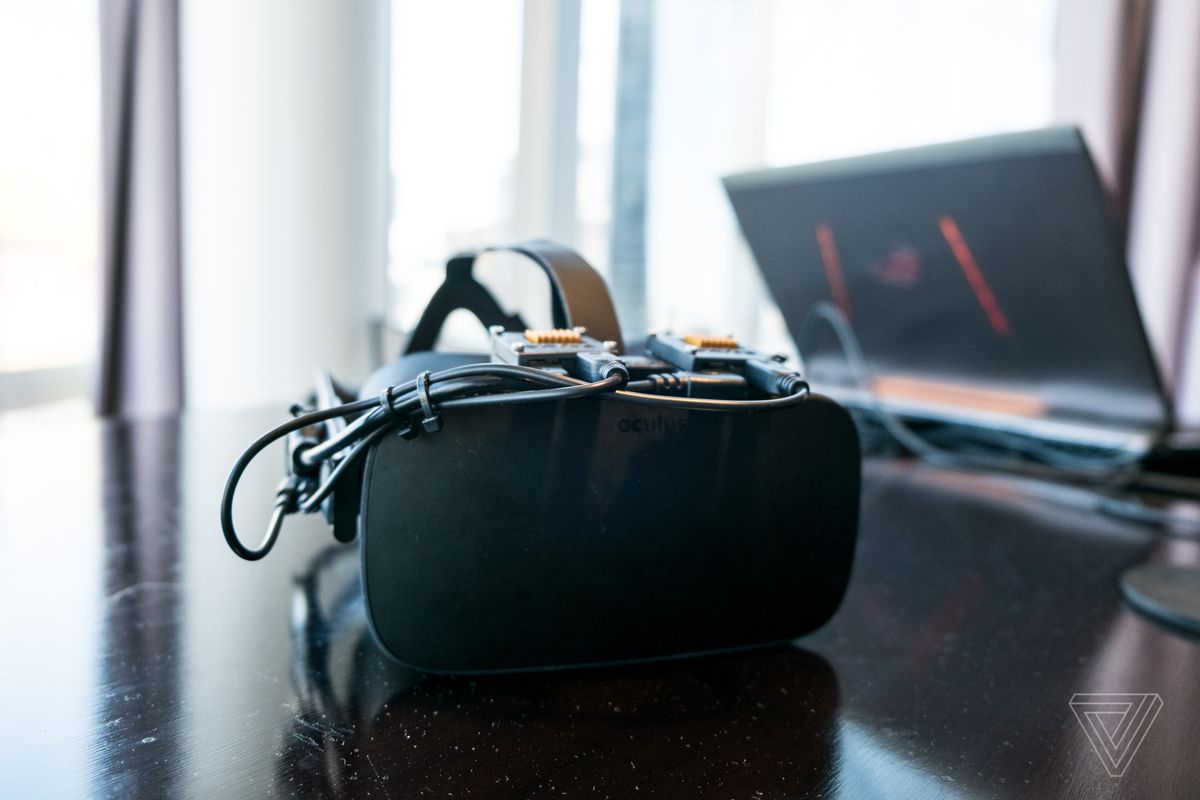Ex-Nokia and Microsoft employees solve main problem of VR devices: low resolution

Source: TheVerge
Modern devices of virtual reality, whether glasses or helmets, are good for everyone. They allow you to immerse yourself in computer reality almost completely. True, "almost" here is of critical importance, since all such devices have one drawback - resolution. It is precisely this that prevents a person from experiencing cyber reality to the full. And this deficiency is going to be corrected by ex-employees of the Finnish company Nokia, promising to reach new heights in this matter.
In addition, people from Microsoft come to the project. In order to conduct work at the official level, the project team founded a new company, naming it Varjo . The head of the company was Urho Konttori, who had previously participated in the development of Nokia N9 and Microsoft Lumia phones. His task was to create high-quality cameras for these phones, using Nokia and Intel technologies.
Kottori is currently working on a project of a new type of hi-end helmet that combines both augmented technology and virtual reality. The team has set itself a really difficult goal, since the effective resolution of the new device, according to the plan, should exceed that of all other VR-helmets by several dozen times .
| Devices | Effective resolution | Viewing angle |
|---|---|---|
| Varjo 20 | 20 | 70 MP | 100 |
| Oculus, vive | 1.2 MP | 100 |
| VR in 5 years * | 16 MP | 140 ° |
| Hololens | 1 MP | 32 ° |
| ODG R9 | 2 mp | 50 |
| Meta II | 1.8 MP | 100 |
| * Forecast made by Oculus employees at Oculus Connect 3 | ||
According to the company's employees, for complete immersion into virtual reality, it is necessary to ensure the resolution of the image reproduced by VR helmets of 70 MP. Thus, the naked eye to consider the individual pixels in the new device is simply impossible.
The display is composite: smaller screens with maximum resolution are placed in its center. To the left and right of them will be screens with lower resolution. In humans, everything is approximately the same and it works - maximum image quality - right along the course where the look is directed. And peripheral vision gives a “picture” of a lesser resolution. The technical realization of this phenomenon is called selective rendering, and the idea itself is not new. But its introduction is conducted in a new way, which has not yet been tested by other manufacturers. In fact, the display of this helmet emulates the work of the human eye.
Kottori claims that the company already has a working prototype of the device, which was shown to journalists (this is true, the gadget was seen , for example, by TheVerge journalists). In particular, they were shown the difference between the image quality provided by other helmets and the “picture” shown by Varjo 20 | 20 (this is the name given to the new helmet).

Image from Varjo 20 | 20 (above) and another virtual reality device (below)
Look at the comparison of images of the device from Varjo and other helmets can be here at this link .
According to journalists who have already tested the prototype of the new device in operation, the high resolution and the original layout of the display in the helmet gives each scene a “new life”. Here we have in mind the comparison of views of the same image in, for example, Oculus Rift and in the new device. For example, when demonstrating the instrument panel of the aircraft in a new helmet, the user sees the smallest details. But when viewing the same image in Oculus, many of the inscriptions are simply unreadable. Of course, in the latter case, the perception of virtual reality is not at all as qualitative as in the first.

This is how the device prototype looks like.
There are now problems. For example, elements of a composite display operate at different frame rates. The head of the company promises that this will not happen in the final version of the device - and, in principle, he can be trusted, since it is not so difficult and technically difficult to implement.
Varjo 20 | 20 with all the improvements and compatibility with Steam VR will appear next year. And in 2019, the company plans to release a commercial version of the product.
All Articles